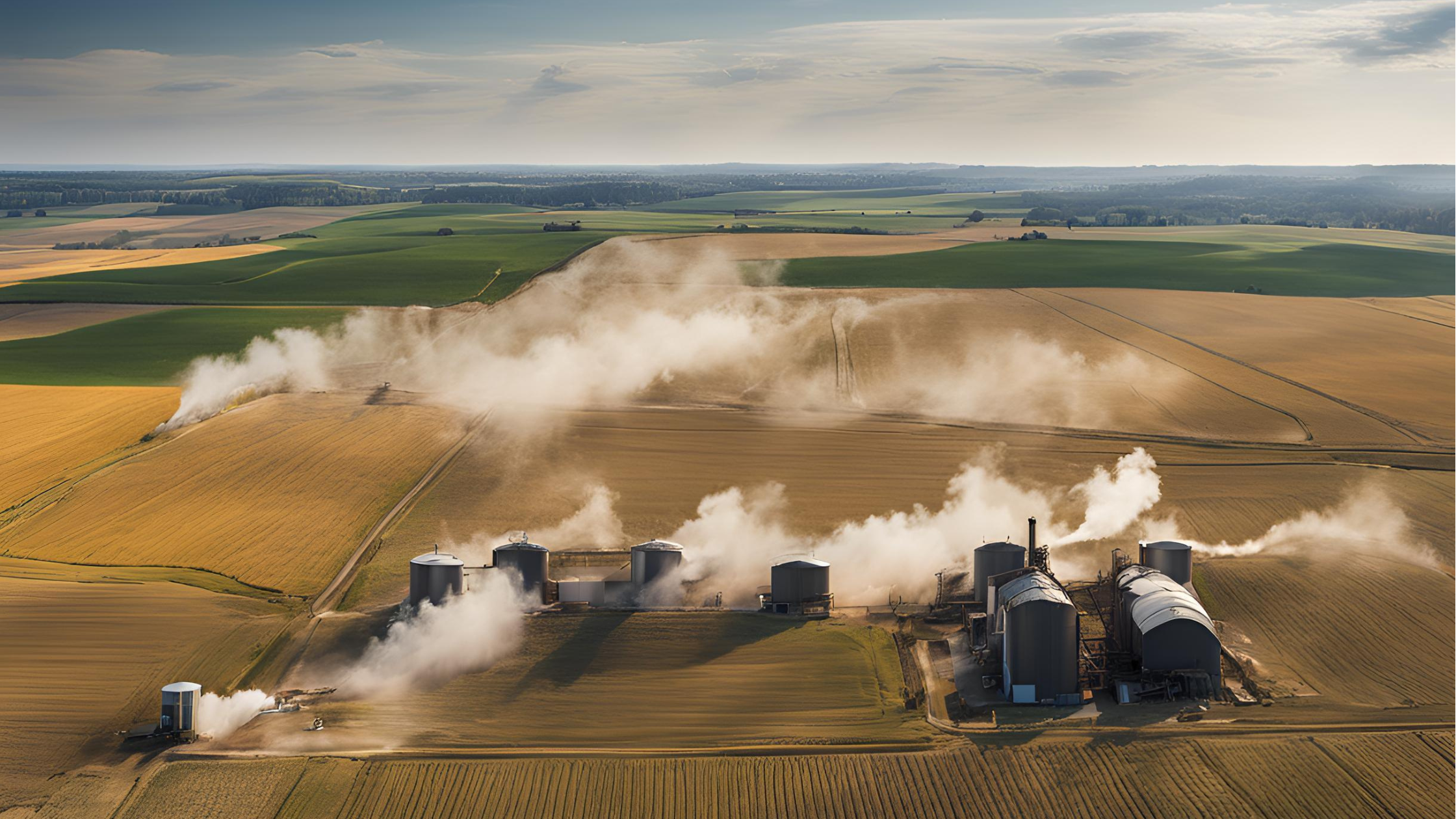Promising Technologies for Fossil Fuel Independence: Insights from Deliverable D1.2 and its Stakeholder Workshop
AgEnRes continues to push boundaries in agricultural innovation, addressing one of the sector's most pressing
challenges: reducing dependence on fossil fuels while maintaining efficiency and resilience. Deliverable D1.2, "Mapping,
categorisation, and selection of technologies", advances on these goals, presenting comprehensive findings on the path
toward sustainable farming practices.

Deliverable D1.2 focuses on identifying and evaluating technologies capable of reducing the EU agricultural sector's energy demands, targeting the following objectives:
-
Identifying farm types and processes with the highest energy consumption.
-
Mapping energy utilisation at national and EU levels.
-
Exploring potential technologies to reduce energy dependence.
-
Shortlisting promising innovations for further analysis.
The findings reveal the significant energy footprint of EU agriculture, with over 1,700 Petajoules (PJ) of energy consumed annually. Fertiliser production accounts for 35% of this figure, followed by diesel use in crop cultivation (29%), energy in animal production processes (27%), and energy demands in greenhouses (8%).
Fig 1. Share and structure of energy use in agriculture in EU regions (diameter reflects energy share in the region) - (own elaboration)
A critical element of this deliverable was an online stakeholder workshop held on 24 June 2024. Hosted via Zoom and the Miro platform, the workshop brought together 43 participants from 40 institutions across Europe, including universities, industry representatives, and farming organisations.
The workshop aimed to:
-
Validate the project’s energy system boundaries.
-
Generate a "shortlist" of innovative, energy-efficient technologies.
-
Foster collaboration among stakeholders and align perspectives on energy use in agriculture.
Workshop Structure and Outcomes
Part 1: Setting the
Stage
Participants were introduced to the project's objectives, a conceptual framework for analysing energy flows in EU
agriculture, and the division of European countries into clusters based on climatic and agricultural characteristics.
Key data on direct and indirect energy consumption across agricultural sectors were shared, providing context for the
subsequent discussions.
Part 2: Technology Presentations
and Voting
Four expert presentations highlighted technologies for improving energy efficiency across key areas:
-
Crop Production: Innovations like reduced tillage and no-till methods, alongside fuel-saving techniques for irrigation, crop care, and on-farm transport.
-
Animal Production: Strategies to reduce energy inputs in processes such as feeding, cooling, and milking for dairy cattle, pigs, and poultry.
-
Fertiliser Production and Use: Efficient use of fertilisers, including slow-release formulations and alternatives to natural gas in ammonia production.
-
Greenhouses and Renewable Energy Sources (RES): Energy-saving techniques for greenhouse design and the integration of renewable energy, such as agrovoltaics.
Participants then engaged in an interactive voting session on Miro, prioritising the most promising technologies in each area.

Fig 2. Miro board screen with system boundaries and voting results - (own elaboration)

Fig 3. Results of technology selection during the stakeholder's workshop - (own elaboration)
The workshop revealed several insights:
-
Stakeholders affirmed the validity of the project’s system boundaries and methodology, with unanimous support for the approach.
-
Technologies like reduced-tillage farming, energy-efficient animal production methods, and green hydrogen in fertiliser production, and using RES at farms emerged as top priorities.
-
The collaborative format fostered valuable dialogue and highlighted regional variances in energy demands and technological adoption.
These findings are critical in shaping AgEnRes’ ongoing work, focusing on a select group of transformative technologies for detailed evaluation and modelling.
Deliverable D1.2 and the associated workshop demonstrate how targeted research and stakeholder engagement can drive meaningful advancements in agricultural sustainability. By embracing innovative technologies, the EU farming sector can transition towards fossil fuel independence, reduce greenhouse gas emissions, and enhance resilience to energy price volatility.
As the project moves forward, the insights gained from this deliverable will continue to inform strategic decisions, paving the way for a more sustainable and efficient future in European agriculture.
